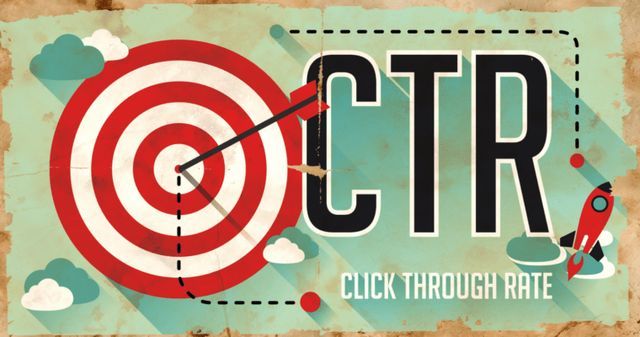
Click-through rate (CTR) measures user engagement by tracking how often viewers click on links versus how many see them.
In the world of digital marketing, few metrics are as critical as the click through rate (CTR). Whether you’re managing paid ads, email campaigns, or organic search results, Click through rate serves as a reliable measure of how well your content resonates with your audience. A high Click through rate indicates that users are engaging with your content and are interested in learning more. Conversely, a low CTR signals that something is amiss either your message is not compelling, your audience is incorrectly targeted, or your content simply isn’t relevant.
Understanding what makes users click can make or break your campaign. This guide will help you identify the top five mistakes that kill your click through rate, and more importantly, show you how to fix them. Whether you’re a seasoned marketer or new to the game, improving your Click through rate can have a profound impact on your overall marketing performance, including lowering your cost-per-click (CPC), increasing engagement, and ultimately driving conversions.
Table of Contents
Ignoring Your Target Audience
One of the most critical errors in any marketing strategy is failing to target the right audience. This mistake often stems from either a lack of audience research or overly broad targeting. In the age of hyper-personalization, expecting a one-size-fits-all message to appeal to everyone is unrealistic and it’s one of the fastest ways to kill your click through rate.
Why Audience Targeting Is Essential
No matter how well-crafted your ads or content are, they will fall flat if they are shown to the wrong people. Your audience should feel that your message speaks directly to their needs, interests, or pain points. For example, advertising luxury skincare products to a demographic focused on budget beauty solutions will likely result in a low click through rate.
Additionally, audience targeting doesn’t just apply to ads. Email campaigns, content marketing efforts, and even organic social posts must be designed with a specific audience in mind to drive clicks.
How to Fix It:
Conduct Detailed Audience Research Use tools like Google Analytics, Facebook Audience Insights, or third-party platforms like SEMrush to identify key demographics, behaviors, and interests of your ideal audience.
Segment Your Audience Instead of casting a wide net, create specific audience segments based on age, location, interests, or buying behavior. This allows you to tailor your messaging to each group, increasing relevancy and click through rate
Test and Refine Targeting Once you have initial audience segments, A/B test different messaging and targeting criteria to see which combinations result in the highest click through rate. Continuously refine your audience parameters based on real-time performance.
Weak or Vague Call-to-Action (CTA)

Drive more conversions with a compelling call-to-action (CTA).
A vague call-to-action can confuse your audience and reduce engagement. Make your CTAs clear and compelling.A strong CTA is the driving force behind a high click through rate. Unfortunately, many campaigns suffer from weak, vague, or uninspiring CTAs that don’t compel users to take action. The result? A missed opportunity to convert an interested viewer into a website visitor or lead.
The Role of a CTA in CTR
The Call to Action (CTA) plays a crucial role in driving user engagement and improving the Click Through Rate (CTR). Essentially, the CTA acts as a guidepost, directing users on the exact steps they need to take next. Without a well-crafted CTA, users may interact with your content but miss the opportunity to advance further in the process.
A generic or weak CTA, such as “Learn More” or “Click Here,” lacks specific value or motivation, which can result in missed opportunities for conversion. To effectively boost CTR, your CTA should be specific and action-oriented, using compelling language like “Download Your Free Guide” or “Start Your Free Trial” that clearly conveys the benefit to the user. Adding a sense of urgency can further enhance the CTA’s effectiveness.
Phrases like “Limited Time Offer” or “Only a Few Spots Left” prompt users to take immediate action rather than procrastinate. Moreover, the visual design of the CTA is vital; it should be visually compelling by utilizing contrasting colors, bold fonts, and prominent placement to ensure it stands out and captures attention. Additionally, creating multiple CTAs for different stages of the buyer’s journey can address varying user needs. For instance, a “Learn More” CTA may appeal to users at the top of the funnel who are still gathering information, while a “Buy Now” CTA is more suited to those closer to making a purchase.
Unengaging or Irrelevant Content

Click-through rate (CTR) measures the percentage of users who click on a link or ad, indicating its effectiveness and engagement.
Content relevancy is one of the most significant factors affecting your click through rate. Even if you nail audience targeting and create a compelling CTA, if the content itself doesn’t resonate with your audience, they simply won’t click.
Why Relevant Content Drives CTR
When users encounter an ad or email, their immediate reaction is often, “What’s in it for me?If your material doesn’t succinctly and clearly answer this query, readers are probably going to scroll past it without giving it a second look. Generic content that fails to address user pain points or lacks a clear value proposition can lead to poor engagement and a low Click Through Rate (CTR). In today’s content-saturated environment, it’s essential to stand out by offering something unique, valuable, or entertaining to capture users’ attention and encourage them to click.
To improve your content and boost CTR, start by understanding user intent. Before creating any content, identify what your audience is searching for or what problems they need solving. Tailor your message to address their specific needs or pain points directly. Utilize data-driven insights to guide your content creation; analyze the performance of previous campaigns to identify which types of content, headlines, and formats have historically generated the highest CTR.
Ineffective Use of Visuals
Visuals play a significant role in determining whether users engage with your content. A poor visual strategy, such as using low-quality images or irrelevant stock photos, can lower your click through rate and fail to capture your audience’s attention.
The Importance of Visual Appeal for CTR

Enhance your click-through rate with targeted ads and compelling calls-to-action.
Images, videos, and other visual elements are often the first aspect users notice in ads, emails, or landing pages. These visuals play a crucial role in breaking up text, making content more digestible, and enhancing aesthetic appeal. However, the effectiveness of these visuals hinges on their quality and relevance. Poorly designed visuals, irrelevant stock images, or visuals that do not align with your brand can detract from your message and potentially drive users away instead of attracting them.
To improve the impact of your visuals, start by using high-quality, relevant images. Whether you’re incorporating photos, illustrations, or videos, ensure they are both visually appealing and pertinent to your content. Avoid generic, overused stock photos that fail to add value or connect with your audience. For video content, keep it short and engaging—ideally under two minutes. Videos should provide value right from the start to maintain viewer interest and encourage engagement.
Additionally, leverage visual hierarchy effectively. Guide the viewer’s eye through strategic use of size, color, and placement, ensuring that critical elements like your Call to Action (CTA) stand out prominently. Finally, test different visual formats to determine what resonates best with your audience. A/B testing various types of visuals, such as images versus videos, can reveal which formats drive the highest Click Through Rates (CTR) and engagement, allowing you to optimize your content accordingly.
Not Optimizing for Mobile Devices
Mobile optimization is no longer optional, it’s essential. With the majority of internet users accessing content on mobile devices, failing to optimize your campaigns for mobile will dramatically reduce your click through rate.
Why Mobile Optimization Matters
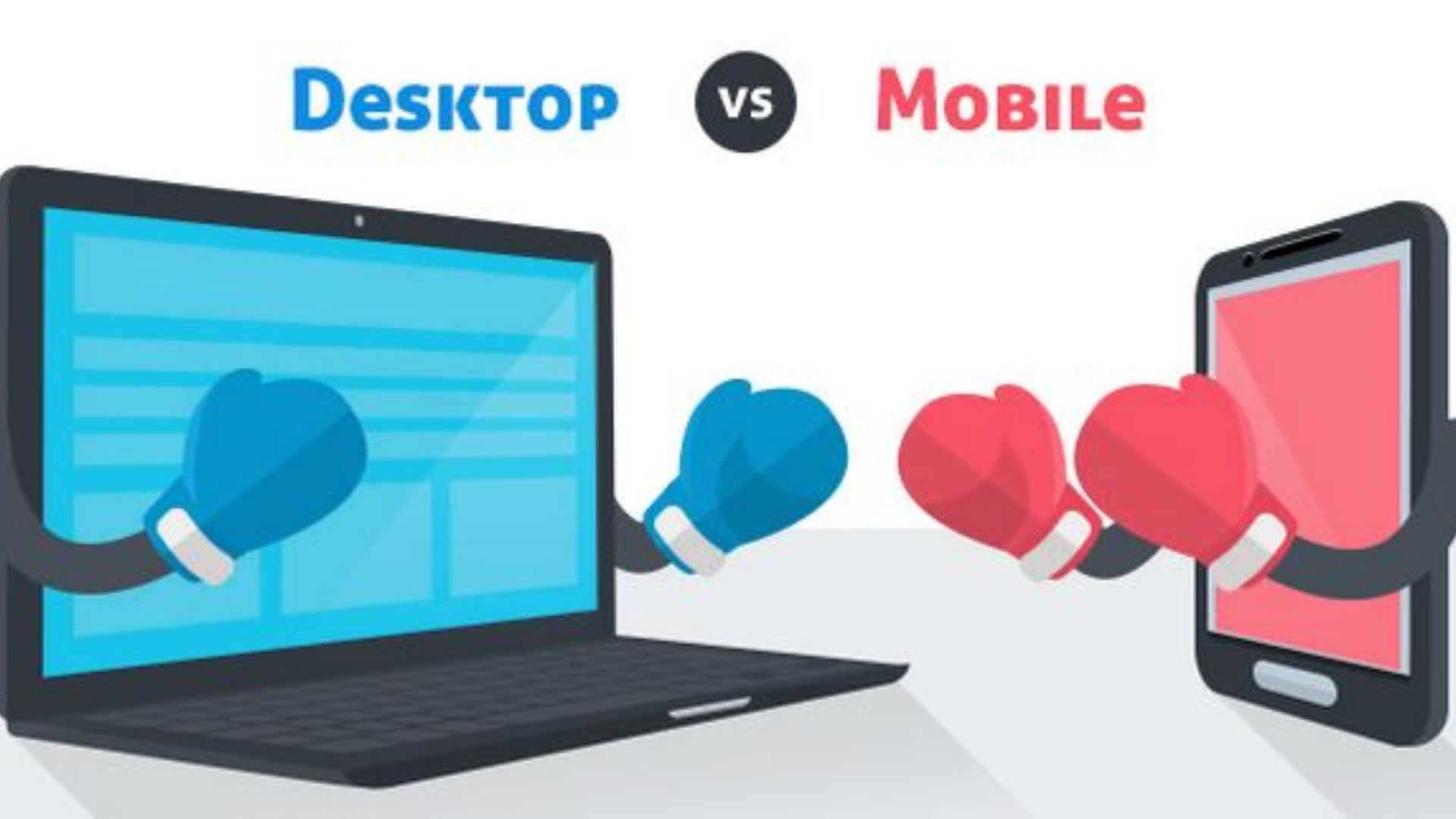
Track your CTR regularly to fine-tune your marketing strategy for maximum effectiveness
When users access your content on mobile devices, they expect a fast and seamless experience. If your ads, landing pages, or emails aren’t optimized for mobile, users may struggle with navigation, resulting in higher bounce rates and lower Click Through Rates (CTR). Common issues such as slow load times, challenging navigation, or text that’s too small to read can significantly impact user engagement and CTR.
To address these issues, start by implementing responsive design. This ensures that your website, landing pages, and emails automatically adjust to fit any screen size, offering a smooth and consistent experience across mobile, tablet, and desktop devices. Optimizing load times is crucial, as mobile users tend to be less patient with slow-loading pages.
To enhance speed, compress images, reduce redirects, and optimize code to ensure your content loads quickly on mobile devices. Simplifying navigation is also essential; make it easy for mobile users to navigate and find your Call to Action (CTA). Use clear, large buttons and minimize the need for excessive scrolling or zooming. Finally, regularly test your content across various mobile devices. Ensure it performs well on different platforms and screen sizes, from Apple to Android, to guarantee that your content looks and functions properly across all devices.
Conclusion
Improving your click through rate requires a focused, strategic approach. By addressing the top five mistakes like ignoring your target audience, weak CTAs, irrelevant content, poor visuals, and lack of mobile optimization you can significantly boost engagement and conversions. Whether you’re running a paid ad, an email campaign, or an organic search effort, understanding what drives clicks is the key to digital marketing success.
Author : Hadim Rinshad







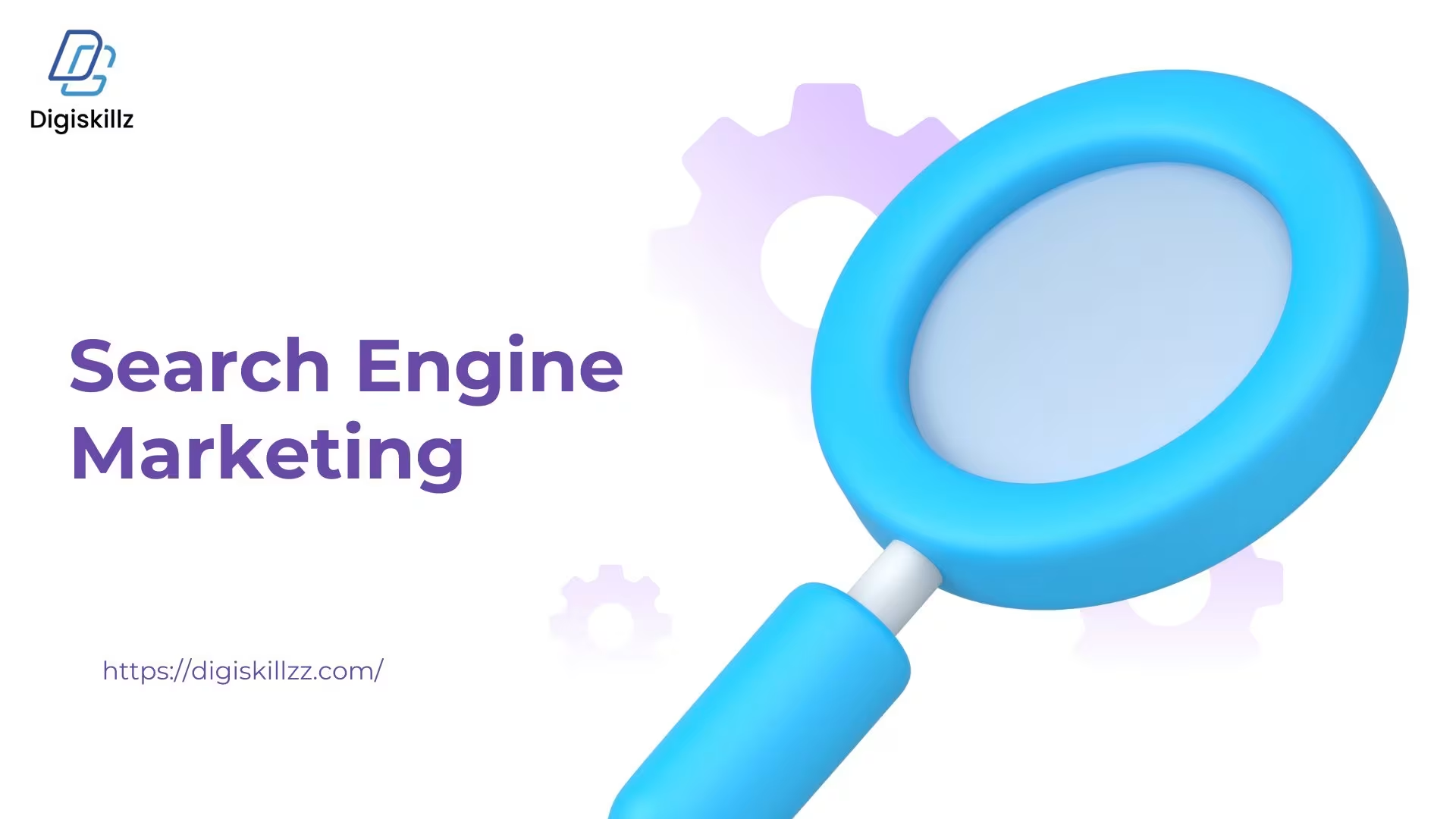
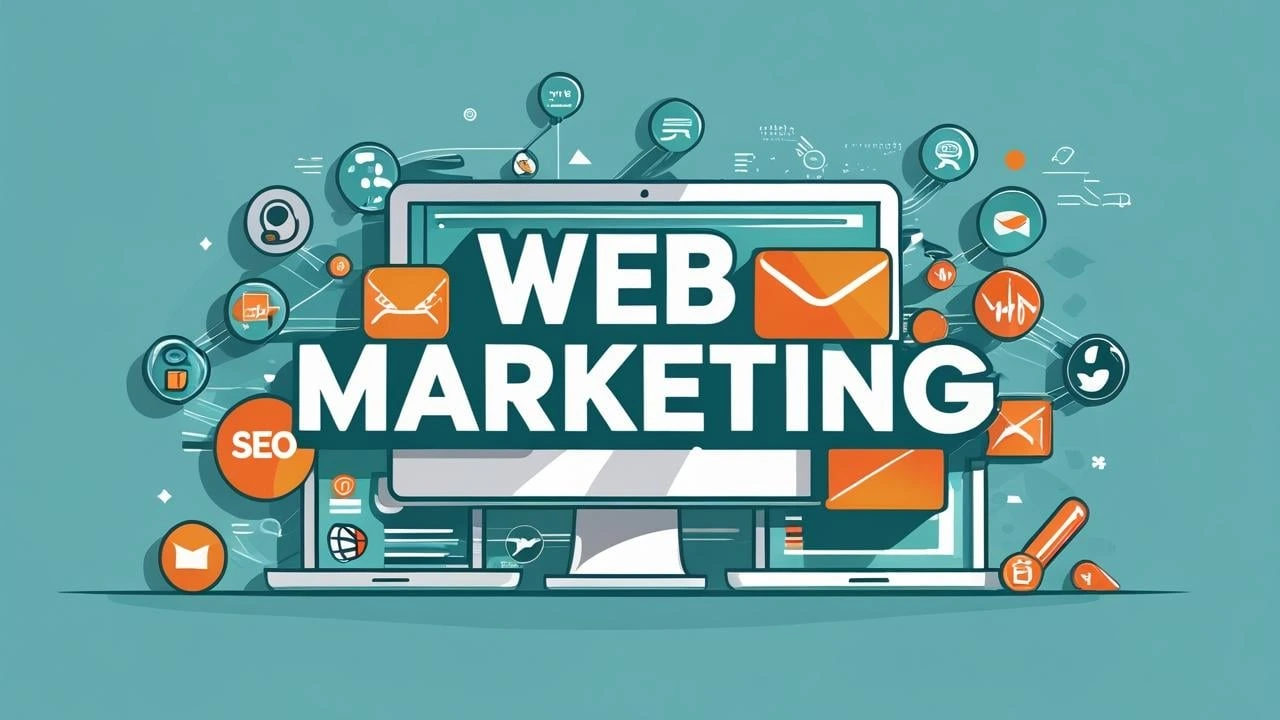
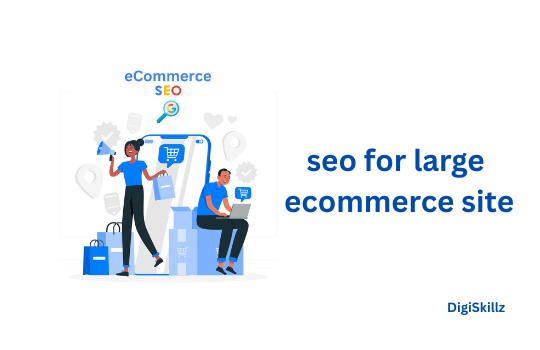

Leave A Comment